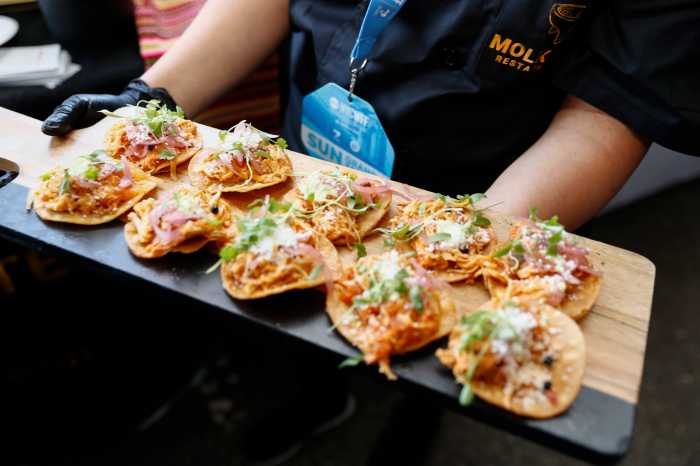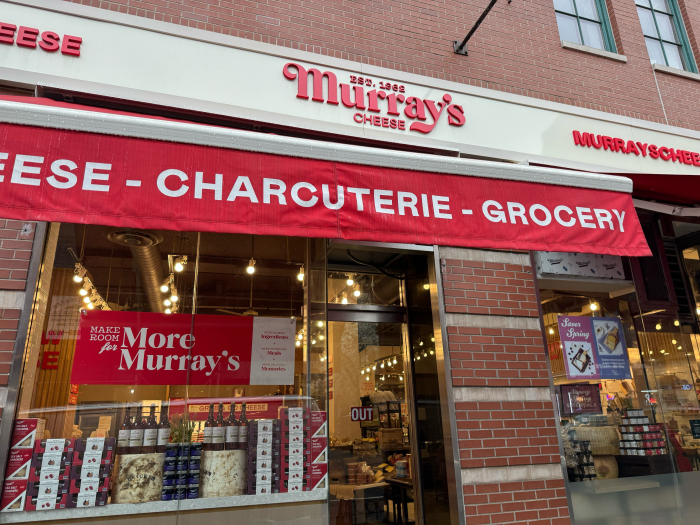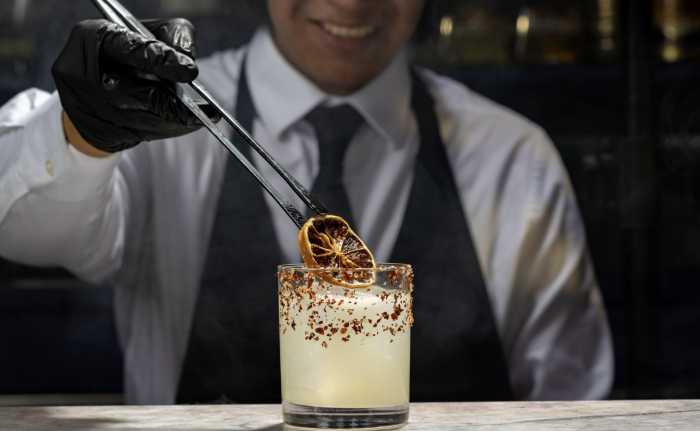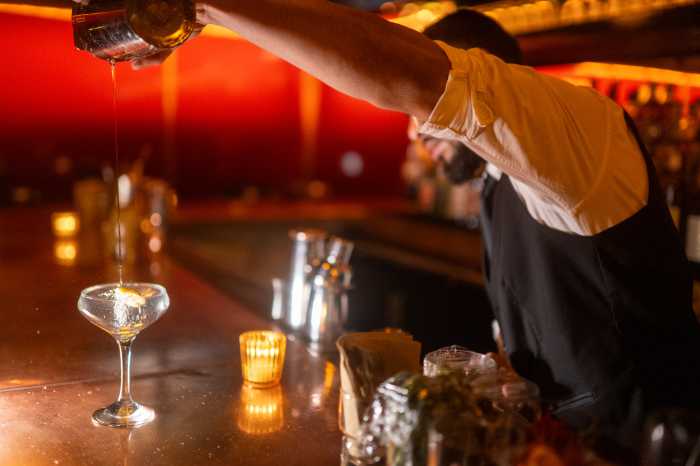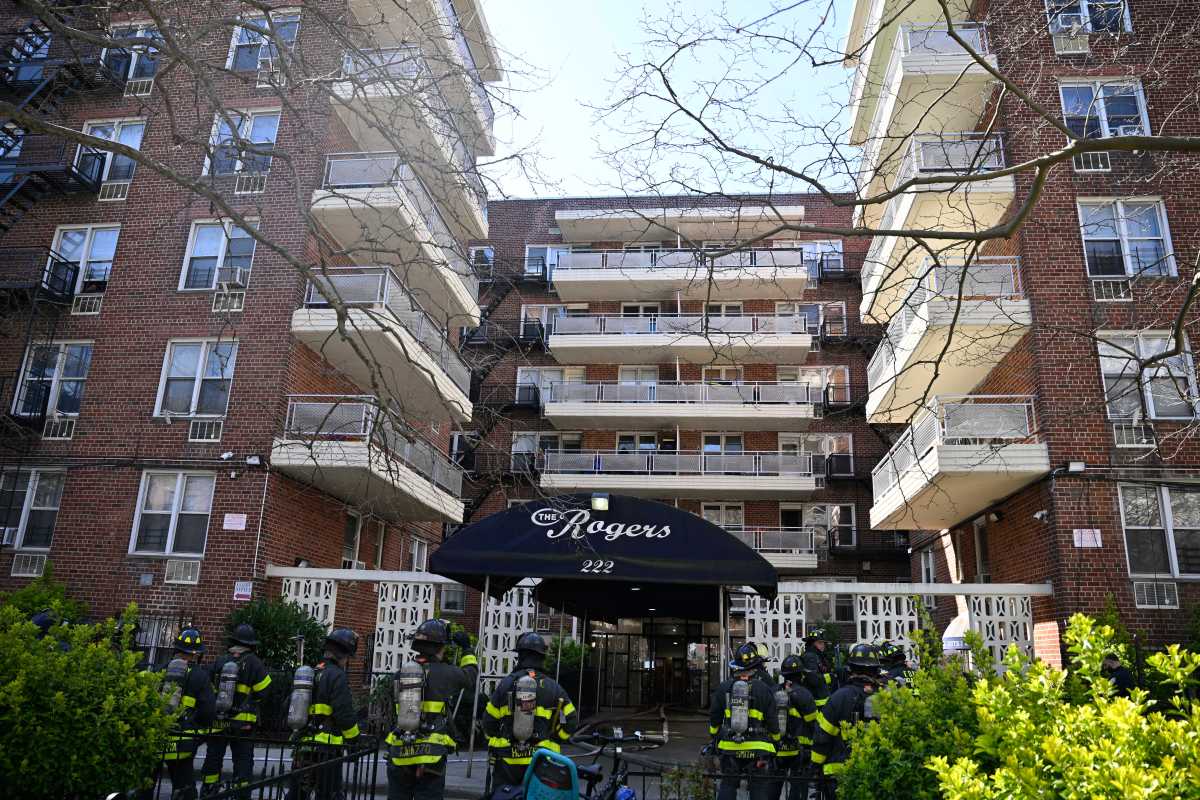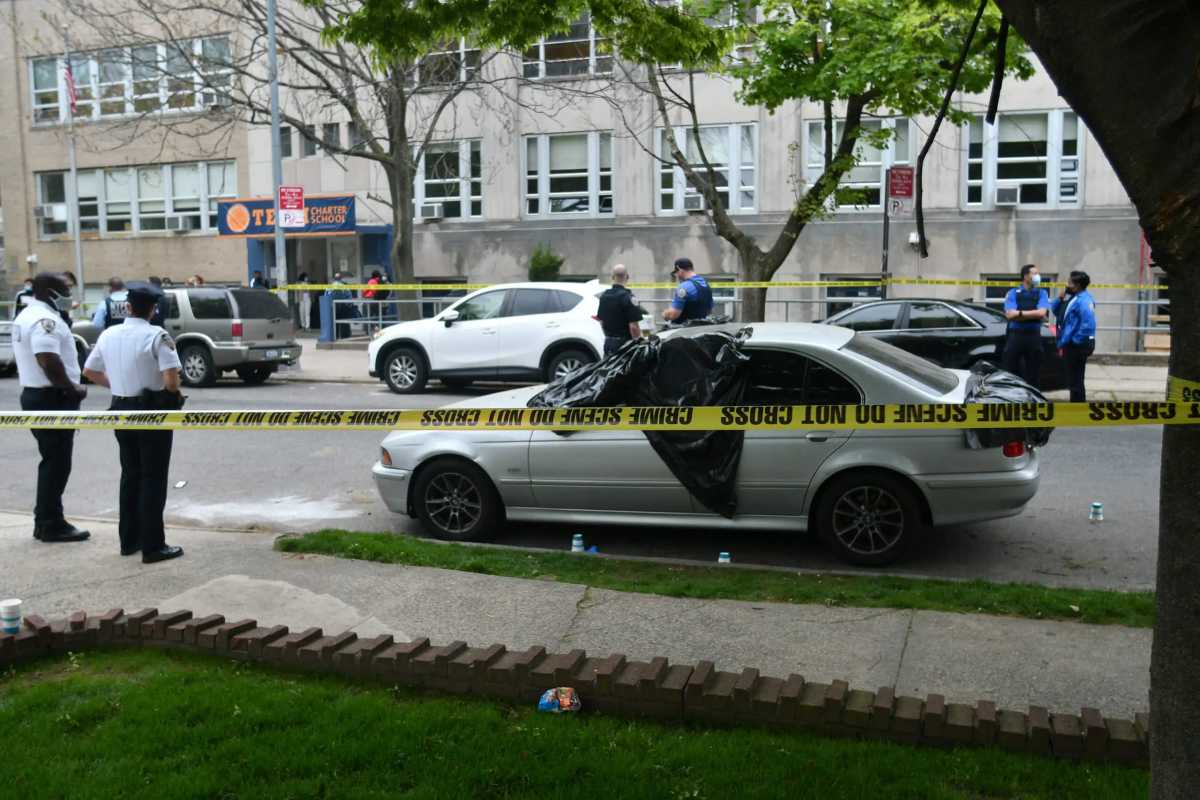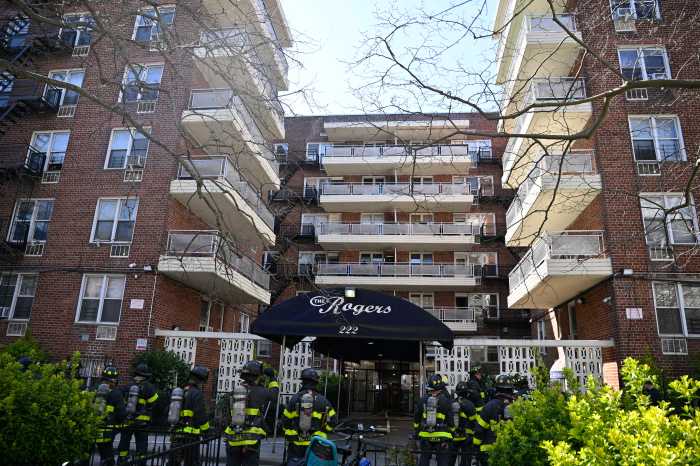Recreating the central Texan barbecue market of your childhood smack dab in the middle of Manhattan is easier said than done.
But that’s what Hill Country owner Marc Glosserman, 43, set out to do 10 years ago, when he sold his telecom company to launch a restaurant serving the dry-rub brisket and sausages he ate on vacations at his grandparents’ in Lockhart, Texas.
If Glosserman’s pitmasters were going to run smokers in a Chelsea office building without suffocating their customers, the restaurant would have to install an exhaust system running smoke up 12 stories. Then there was the issue of structural stability: three full smokers weighing a total of 12,000 pounds required steel-beam enforcement.
A decade later, the old Garment District building at 30 W. 26th Street has yet to collapse, and Glosserman has expanded his barbecue empire to Washington, D.C. and Brooklyn. (He still, however, lives in the same apartment a couple of blocks away from the original Hill Country, with his wife and four kids.)
On the restaurant’s 10th birthday, amNewYork got his take on what makes central Texas-style barbecue so finger-lickin’ good, how New York’s smoked meat scene has changed over the years, and where he’s eating when he isn’t taking the kids to the family restaurant.
Let’s first get this straight: what’s distinctive about the barbecue Hill Country serves?
The three things I’d say if you’re like, what’s the signature Texas barbecue? It’s brisket, dry-rub, sausage. And then at a barbecue joint in Texas, you order by the pound, like at a butcher shop.
The history of barbecue in Texas reaches back to cattle drives and old butcher shops and pre-refrigeration days. So you get this tradition of beef barbecue in Texas — that’s one of the things that makes it really signature. The other thing that makes it signature is that Texas historically was kind of a no-sauce zone. Typical Texas barbecue is dry-rub-style barbecue, which is salt, pepper and maybe a little bit of cayenne and that’s it.
Sausage is something that comes from this tradition of Old World European smoking methods. German, Czechs and Poles who immigrated to central Texas brought their techniques of making wurst and sausage [with them].
What’s the best-selling item on your menu these days?
From day one, brisket has been the bestseller and it still is. It’s probably 20 to 25 percent of what we sell.
 What was the barbecue landscape in New York City like 10 years ago?
What was the barbecue landscape in New York City like 10 years ago?
There had been barbecue in New York for a long time, but no one really ever associated New York with barbecue, and it wasn’t until the early 2000s when Danny Meyer opened Blue Smoke and Adam Perry Lang opened Daisy May’s that you had for the first time a very respected restaurateur and classically trained chef who were diving into the barbecue business. They were just trying to elevate the cuisine by bringing authentic cooking processes to New York, by using great ingredients and by designing great spaces to go along with it.
When we opened in 2007, what we were trying to do was adhere to one singular, central Texas style, not just from a barbecue-focused standpoint, but from a design and aesthetic and experience standpoint. We wanted it to feel like a place that could be in central Texas.
A lot of the city’s newest barbecue joints are opening up in Brooklyn, where Hill Country has its second location. Would you say the epicenter of barbecue in New York has shifted across the East River?
I think the difference between Manhattan and Brooklyn is that the barriers to entry in Manhattan are a lot higher than they are in Brooklyn. Real estate is a lot more expensive [in Manhattan], as is the cost of getting into the business, because of the physical infrastructure you need. I think that’s enabled different chefs and aspiring barbecue restaurateurs to open places in Brooklyn a little bit more easily than can be done in Manhattan.
I also think barbecue, the craft nature of what it is, plays into the whole food movement that’s emanated from Brooklyn in the last few years.
Your perfect meal at Hill Country is…
Probably a couple of slices of brisket with our white bread, some sweet pickles, some mac ‘n’ cheese, probably a jalapeño cheese link of sausage from Kreuz Market, some of our collard greens and probably a Shiner beer to wash it down. And then, hopefully, I have a little room for a little banana pudding for dessert.
When you’re not eating at Hill Country, where else are you seeking out barbecue in the city?
The truth is I don’t get out nearly as much as I used to, and particularly having kids, the last thing they want to do is go eat barbecue when we go out to eat because they eat so much at Hill Country, but I have to say I’m a big fan of Hometown Bar-B-Que and what Billy Durney has done over in Red Hook.
There’s a much bigger world of barbecue that doesn’t exist on the Hill Country menu. It’s like going out for Northern Italian food sometimes versus Sicilian. It’s just what you’re in the mood for.
Festivities for Hill Country’s 10th anniversary continue through Thursday, June 8, with a different guest pitmaster and musical act each night and the same $10 late-night bar menu every evening.
(The above interview has been condensed for brevity and clarity.)



